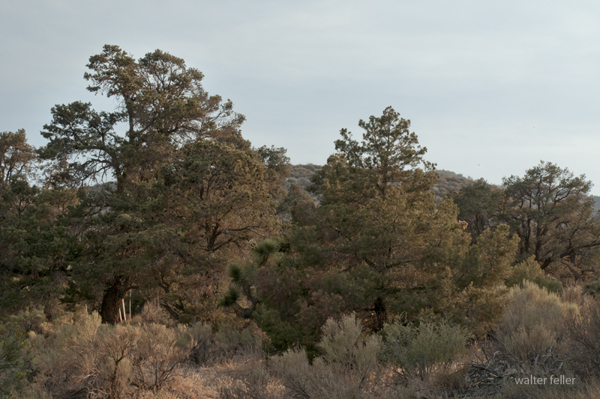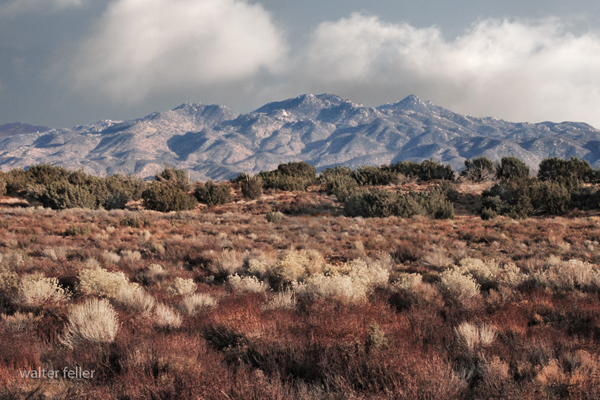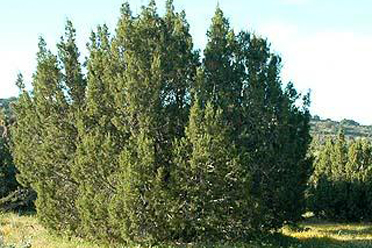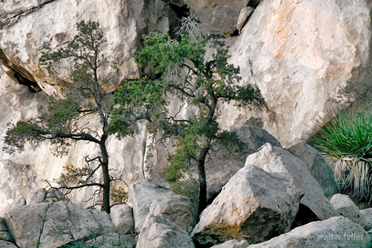Indian use of Pinyon-Juniper Woodlands

Pinyon pine woodland
Pinyon-Juniper Woodlands:
These woodlands are spread across the Colorado Plateau and Great Basin and have been super important to Native American groups for thousands of years. The trees provided things like food, materials for building shelters, and wood for making tools and fires.Food:
The nuts from pinyon pine trees were a major food source, especially for people living in the Great Basin area. These nuts are packed with protein and fats, which made them really valuable. People would gather the nuts in the fall, roast them, and often store them to eat later. Juniper berries were sometimes eaten too, but they weren't as important as the pinyon nuts.Shelter and Tools:
The wood from pinyon and juniper trees was commonly used to build houses and other structures. It was also used as firewood, while the bark was handy for making things like mats, diapers, and materials for starting fires. The sticky pitch from pinyon trees was used like glue to seal baskets and attach tools to handles.Cultural Importance:
Pinyon nuts were so important that some families actually claimed ownership of certain groves of trees and would defend them from others. Sometimes, this even led to arguments and fights over who could collect the nuts.Archaeological Evidence:
Archaeologists have found evidence showing that pinyon and juniper trees were used for thousands of years. However, it's not always easy to prove exactly how early these trees were used because nuts don't last long in the ground. The best evidence comes from finding charred nut shells and grinding stones in ancient sites.
Juniper woodland
Pinyon-Juniper Habitat
In short, the Pinyon-Juniper woodlands were crucial for Native American communities, giving them the resources they needed to survive and thrive for many generations

Juniper
